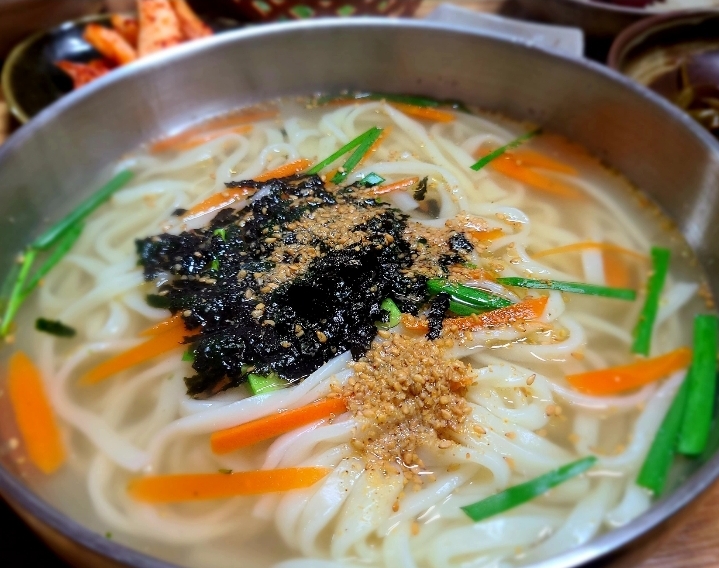Why Koreans Slurp Their Noodles (And Love It!)
Why Do Koreans Slurp Noodles?

If you’ve ever walked into a Korean noodle restaurant, the first thing you’ll probably notice is the sound. A harmonious symphony of slurping fills the air — and it’s not considered rude. In fact, it’s completely normal and even appreciated.
Slurping noodles is a cultural trait in Korea that shows enjoyment of the food. It also enhances the taste experience. When Koreans slurp, they’re not only eating — they’re savoring every strand. It’s a natural way to express satisfaction with a meal.
Unlike in Western cultures where eating loudly can be seen as bad manners, in Korea, slurping is associated with good food and appetite. The louder, the better? Not necessarily — but you’ll certainly find no disapproving glances.
Cultural Roots of Slurping
Korean cuisine places strong emphasis on communal eating and expressing emotion through food. Slurping has become a part of this expression. It’s more than just sound — it’s a way of communicating, “This is delicious.”
Noodle dishes like kalguksu (knife-cut noodles), janchiguksu (banquet noodles), or ramyeon (instant noodles) are best enjoyed hot and fresh. Slurping helps to cool the noodles quickly, allowing people to eat them at the perfect temperature.
The tradition also connects to deeper cultural values. Koreans appreciate people who eat heartily and with gusto. A strong appetite is often linked to good health and a good spirit — slurping is one way to show that.
Is It Just Korea?
Slurping isn’t exclusive to Korea. Japan and China also share similar customs. However, in Korea, it takes on its own flavor — often louder, more casual, and embedded in everyday life.
From street food stalls to high-end restaurants, you’ll hear slurping. And with the global popularity of Korean food on the rise, many non-Koreans have started embracing the slurp.
So if you’re visiting Korea and enjoying a bowl of noodles, don’t hold back. Join the locals and slurp away. You might even find the food tastes better that way.
#koreanfood
#koreantraditions
#noodleculture
#ramyeonlove
#koreaneatinghabits
#travelkorea
#koreanrestaurant
#noodlelover
#foodcustoms
#koreanculture
'korea > Life in Korea' 카테고리의 다른 글
| Explore Gyeongbokgung Palace: A Majestic Journey Through Korea’s Royal Past (2) | 2025.05.24 |
|---|---|
| "Why Every First-Time Visitor to Busan Should Visit Jagalchi Market" (1) | 2025.05.16 |
| Daebyeon Port: The Hidden Birthplace of Korea’s Anchovy Sauce Culture (1) | 2025.05.15 |
| What Is “Sugure Gukbap”? Discover Korea’s Hidden Soul Food (1) | 2025.05.12 |
| 釜山旅行完全ガイド:BTSの足跡と美しい海の町を体感しよう (2) | 2025.05.07 |